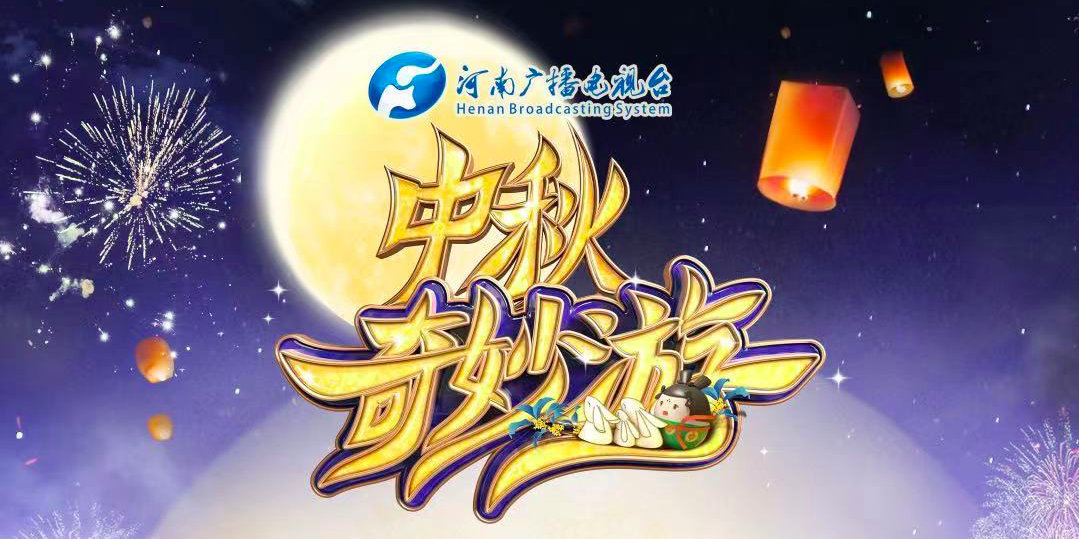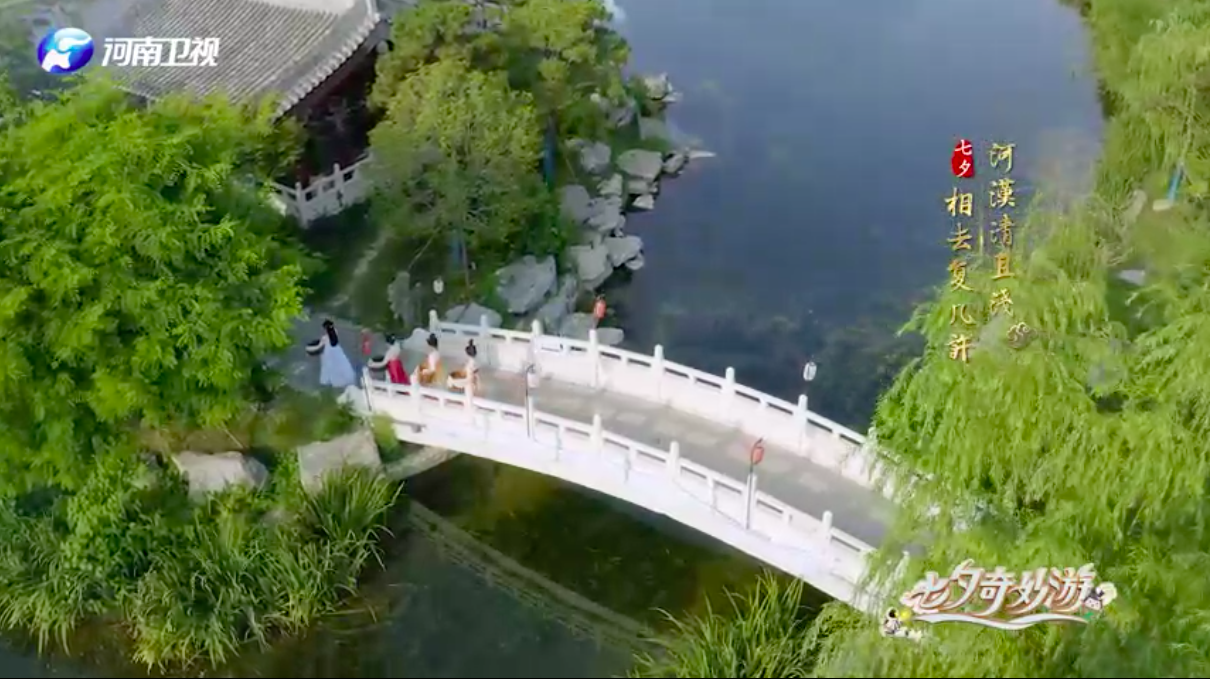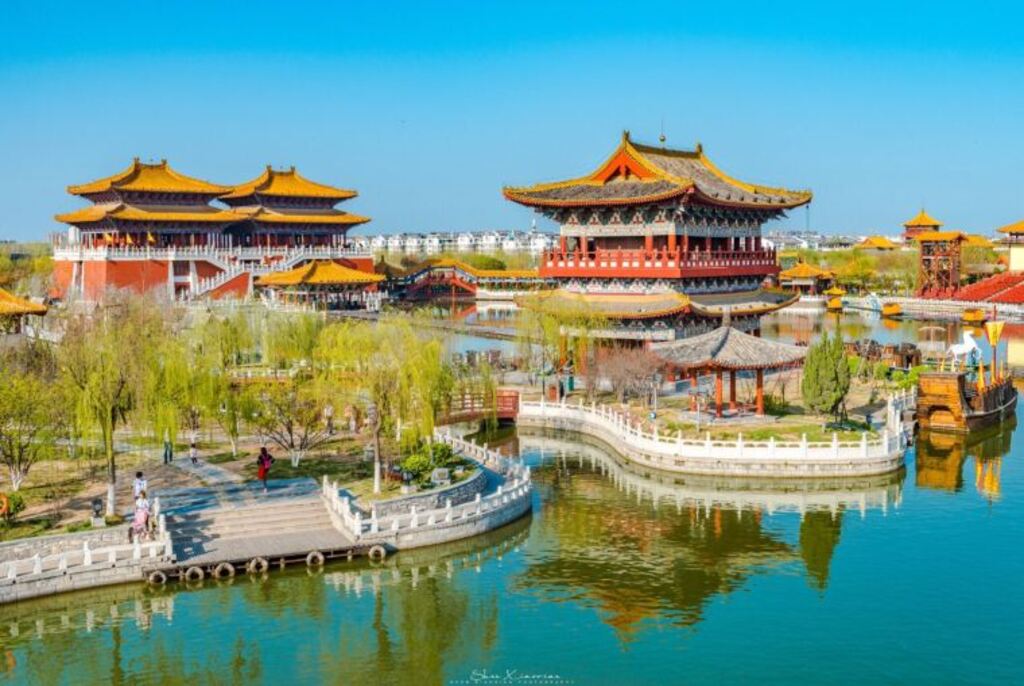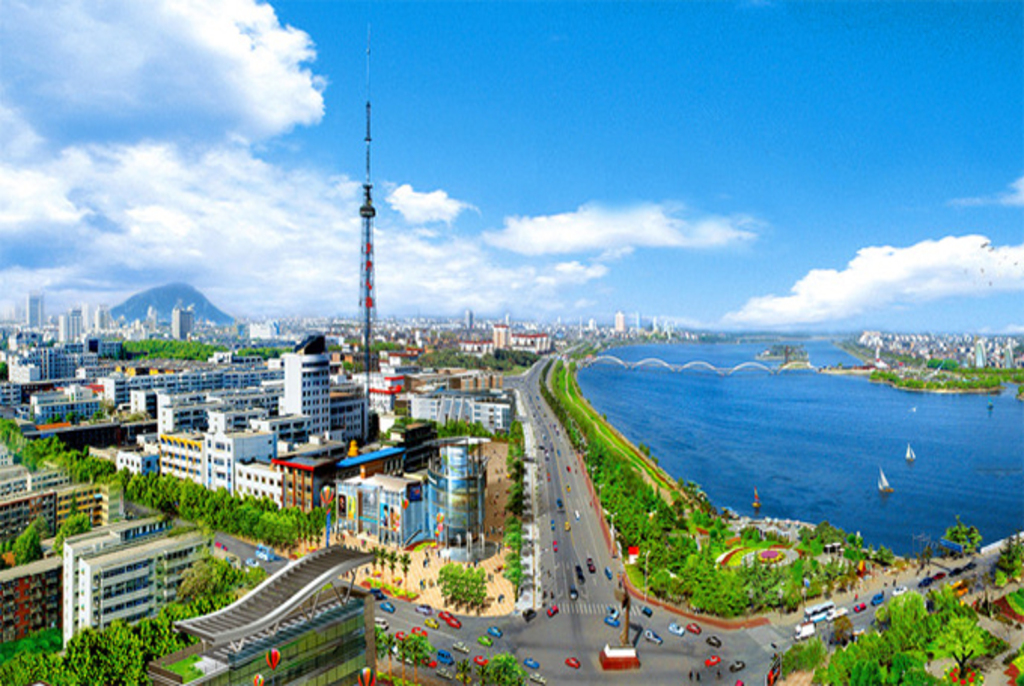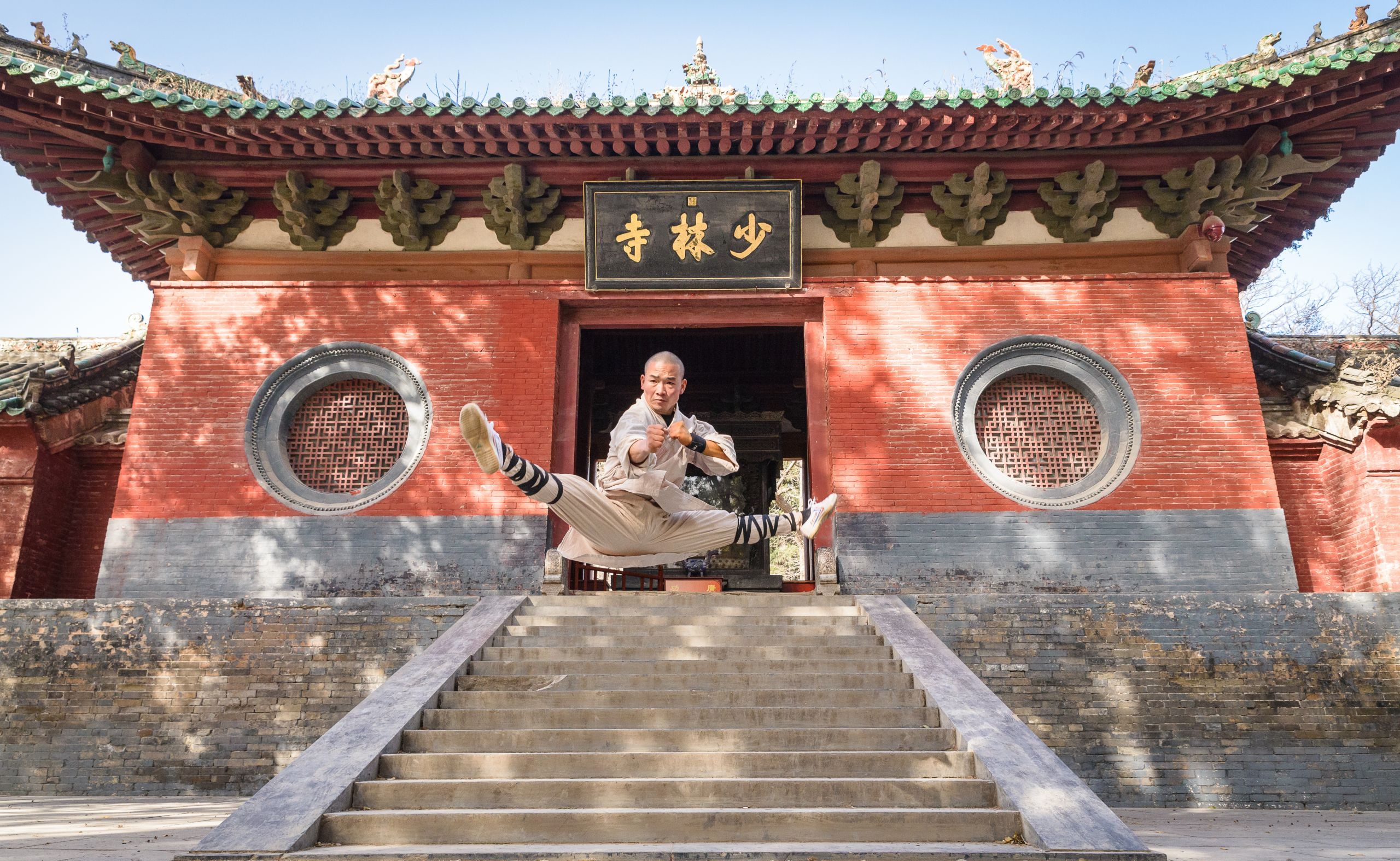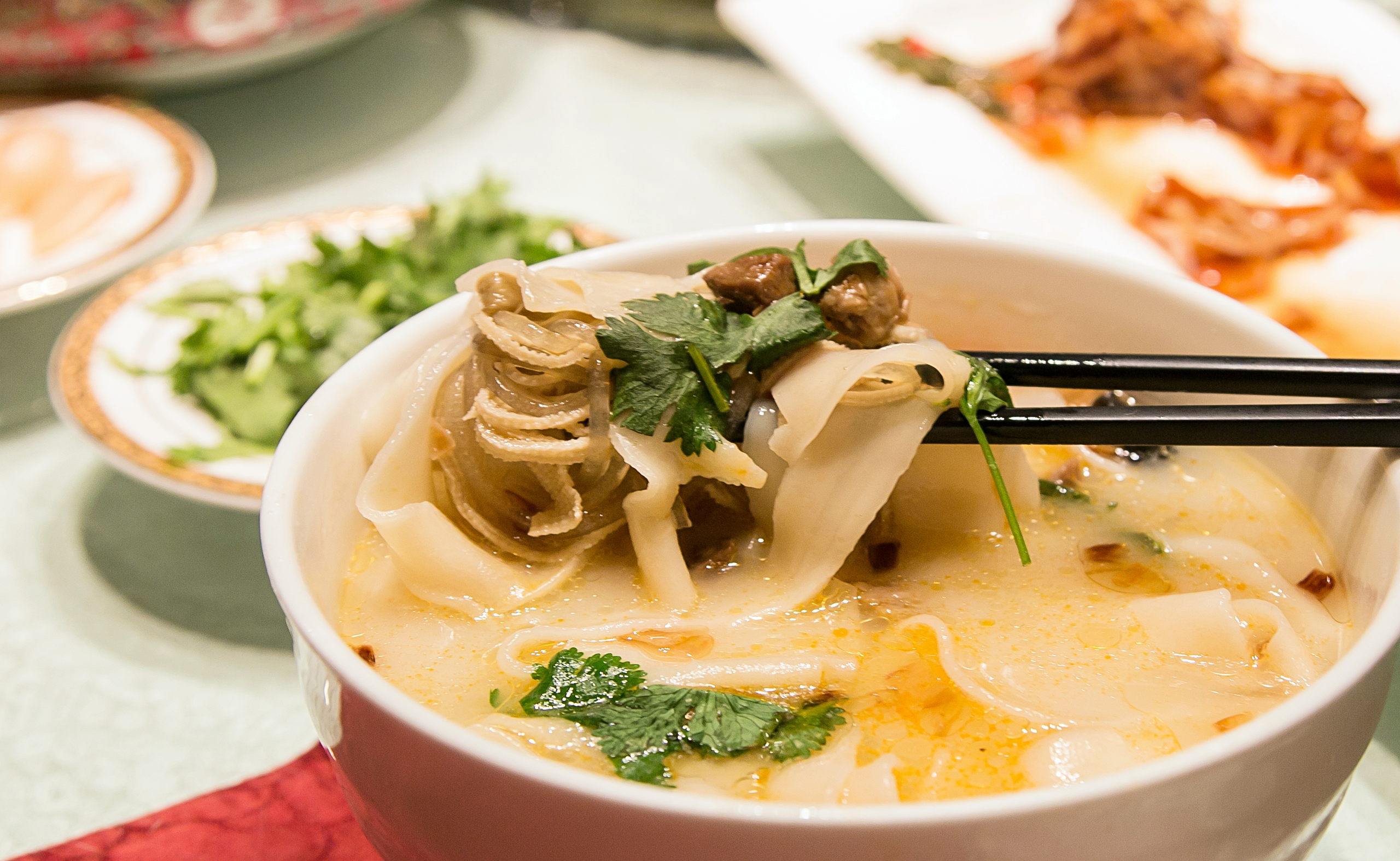“Discover Henan, A Home in My Heart”

Henan is located in Central China and is named after most areas located in the middle and lower reaches of the Yellow River. Historically known as the Central Plains, Henan is one of the important birthplaces of Chinese Civilization and also one of the core regions of China’s history. It is rich in agricultural production and is a major grain and cotton production area in China. Henan has a long history and is home to some of the most famous ancient capitals. Among the “Eight Ancient Capitals of China”, Luoyang, Kaifeng, Anyang and Zhengzhou are located here. These cities with thousands of years of history have been involved in the development and advancement of Chinese Civilization. In every corner of them, there are stories of history.
In 2021, China Cultural Centre in Kuala Lumpur was selected as the cooperation partner in Henan Province, China. CCCKL has also organized a series of events aimed to promote cultural and tourism exchanges between Malaysia and Henan Province, China, as well as to promote Henan’s outstanding traditional culture and tourism resources, and build a brand new image of Henan.

Zhengzhou City
Zhengzhou, called Shangdu(商都) in ancient times, is the capital and largest city of Henan Province. It is an important birthplace of Chinese civilization, the famous national historical and cultural city, one of the Eight Ancient Capitals in China. Zhengzhou serves as the political, economic, technological, and educational center of the province, and is also a major hub of China’s national transportation network. Zhengzhou became the capital five times in history and was the birthplace of Emperor Huangdi, the founder of Chinese culture. The famous tourist attractions in Zhengzhou include Shaolin Temple, Zhengzhou Yellow River Scenic Area, etc. For more information about Henan tourism…
Luoyang City
Luoyang is one of the Eight Ancient Capitals of China and lies in the western part of Henan province along the middle reaches of the Yellow River. Luoyang used to be the capital city of 13 dynasties for a period of over 1,500 years, and it was established as a cultural, economic and administrative center. Luoyang is among the earliest approved Historical Cities of Culture by the State Department, and is a significant birthplace of Chinese civilization. Luoyang is also the eastern starting point of the Silk Road, and the center city of the Grand Canal of Sui and Tang Dynasties.The famous tourist attractions in Luoyang include Longmen Grottoes, White Horse Temple, Lijing Gate, etc. For more information about Henan tourism…
Anyang City
Anyang is a prefecture-level city in northernmost Henan province. Anyang is one of the Eight Ancient Capitals of China, has a history of 3,300 years till now, definitely a famous historical city with glorious civilization. Anyang is also known as the birthplace of Oracle. Inscriptions on oracle bones found in Yin Xu, Anyang City, bear invaluable testimony to the development of one of the world’s oldest writing systems, ancient beliefs and social systems. The famous tourist attractions in Anyang include Yinxu Museum, Red flag canal, National Museum of Chinese Writing, etc. For more information about Henan tourism…
Kaifeng City
Kaifeng is a prefecture-level city in east-central Henan province. It is one of the Eight Ancient Capitals of China, having been the capital seven times in history, and is best known for being the Chinese capital in the Northern Song dynasty. With its long history and splendid culture, this ancient city is immersed in a dense cultural atmosphere. The famous painting “Along the River During the Qingming Festival“, by Zhang Zeduan (a famous painter of the Northern Song Dynasty) , represented the prosperous times and various customs of Kaifeng. The famous tourist attractions in Kaifeng include Millennium City Park, Kaifeng Prefecture, etc. For more information about Henan tourism…
Nanyang City
Nanyang city is a prefecture-level city in the southwest of Henan province and also the city with the largest administrative area in Henan. Nanyang borders Mountain Funiu to the north and the Hanhe River to the south. Nanyang has a long history and resplendent culture. Nanyang is one of the earliest regions where dinosaur egg fossils were found in China. By far, thousands of pieces of fossilized eggs have been found. The discovery of dinosaur eggs in Nanyang is reputed as the “ninth wonder in the world”, it provides extremely precious materials for geologic research. The famous tourist attractions in Nanyang include Xixia dinosaur Relics Park, Lao Jie Ling, etc. For more information about Henan tourism…
Jiaozuo City
Jiaozuo is a prefecture-level city in the northwest of Henan province and sitting on the northern bank of the Yellow River. Jiaozuo is a significant birthplace of Chinese civilization as well as the birthplace of some famous historical figures such as Sima Yi, Han Yu and Li Shangyin, etc. Jiaozuo is also the birthplace of Taijiquan. The Chens’ Taijiquan derived from one of the villages here called Chenjiagou 300 years ago. Jiaozuo abounds in unique natural and historical sights, such as Yuntai Mountain, Qingtian River, Shennong Mountain, etc. For more information about Henan tourism…

The south of the Yellow River, the middle of China. Henan, known as the “Hometown of Martial Arts(Kung Fu)”, is not only the cradle of Chinese culture, but also an important source of Chinese martial arts. In addition to the most famous Shaolin Temple in Songshan, Henan Province was also known as the birthplace of “Taijiquan”. In other words, Henan is the root of Chinese martial arts.
Shaolin Kung Fu
Shaolin Kung Fu, also called Shaolin Wushu or Shaolin Quan , is one of the oldest, largest, and most famous styles of kung fu. It combines Ch’an philosophy and martial arts and originated and was developed in the Shaolin temple in Henan province, Greater China during its 1500-year history. Popular sayings in Chinese folklore related to this practice include “All martial arts under heaven originated from Shaolin” and “Shaolin kung fu is the best under heaven,” indicating the influence of Shaolin kung fu among martial arts.
Today, Shaolin kung fu, as an outstanding representative of Chinese culture and a vivid display of human civilization, has become the spiritual wealth of the Chinese nation and the cultural heritage shared by all mankind. For more information about Henan·Kungfu…
Taijiquan
Taijiquan is a traditional physical practice characterized by relaxed, circular movements in concert with breath regulation and cultivation of a righteous and neutral mind. It emphasizes the refinement of one’s mind and breath regulation, and would help to achieve mental and physical health through practices. Originating during the mid-17th century in the Henan Province of central China, the practice has spread to the rest of the country. Influenced by Daoist and Confucian thoughts and theories of traditional Chinese medicine, the element has developed into several schools. Today, Taijiquan has become a symbol of Henan Province, a symbol of China, and has gone all over the world. In December 2020, Taijiquan was enshrined among World’s Intangible Cultural Heritages.For more information about Henan·Kungfu…

Henan or Yu cuisine is an umbrella term used to define the native cooking styles of the Henan province in China. Being landlocked on all sides, the influence of localized culinary styles are plentiful to be observed in Henan Cuisine. It incorporates a blend of culinary styles from Jiangsu and Beijing, which gives it a unique mix of taste. Henan Cuisine is well known for its taste variety including a blend of sour, sweet, bitter, spicy and salty.
Henan is in the central part of China, so it is a fusion of the characteristics of both southern and northern, resulting in a unique local cuisine. Henan cuisine has the honor of being one of China’s oldest and most traditional cooking styles. There are more than 50 kinds of cooking methods in preparing Henan cuisine. The history of the province shows its relation to the affinity towards food culture among the people of Henan, where the motive was to bring together the different tastes from the north and the south to blend it into one dish.
Luoyang Water Banquet
Luoyang Water Banquet is a set of dishes in Luoyang and it is considered one of the Three Wonders in Luoyang, with the other two being the Luoyang peony and the Longmen Grottoes. It is one of the famous existent Chinese banquets and boasts a history of over one thousand years. There are 2 reasons for the name Water Banquet. One is that all the dishes are soupy. The other reason lies in the serving procedure. The dishes are served only when the previous one is finished and removed, the procedure is as smooth as flowing water. The entire banquet consists of 24 dishes. Know more about Henan · Delicacy…
Kaifeng soup dumplings
Kaifeng soup dumpling is a traditional snack of Kaifeng City, Henan Province, belonging to Yu cuisine, which has a long history and a unique flavor.
The skin of the soup dumplings is thin and as white as a vase. While you’re eating, you can taste the fresh soup and meat filling inside. There is a saying that goes, “Open the dumpling, drink the soup later, and then fill your mouth with aroma.” Know more about Henan · Delicacy…
Yangrou Huimian (braised noodle in lamb broth)
Huimian is a specialty of Henan with a long history. Yangrou Huimian (braised noodle in lamb broth) is well-known in the Central Plains for its good soup and chewy noodles. It uses high-quality flour as raw material, supplemented by broth and various side dishes. The broth is made from the finest lamb meat and bones, which are stewed for more than 5 hours, and herbs are added to make it tasty and beneficial to the vital energy and blood. Know more about Henan · Delicacy…
Sweet-and-sour carp baked with noodles
Carp Baked Noodles is the abbreviation of “Sweet-and-sour carp baked with noodles”. This dish is a traditional famous dish in Kaifeng City, Henan Province, and is also one of the “10 famous dishes of Henan cuisine.” It is a pity not to taste the Carp Baked Noodles when visiting Kaifeng. Sweet-and-sour carp baked with noodles are made from two famous dishes, which are sweet and sour stewed fish and baked noodles. Know more about Henan · Delicacy…

Folklore, or folk customs, refers to the culture created, enjoyed and transmitted by the people of a country or ethnic group. Henan Province is one of the earliest birthplaces of the Chinese nation, and the people of the Midland have created a rich and diverse folk culture on this ancient land over thousands of years. Such as Memorial Ceremony to Ancestor in Huang Di’s Native Place, Taijiquan, Henan Opera and Clay Dogs, which are listed as intangible cultural heritages, are all cultural treasures of Chinese civilization.
Wood Engraving Pictures
Wood Engraving New Year’s Pictures are a traditional Chinese folk art form with a long history. In Chinese folklore, New Year’s pictures are symbols of celebrating the New Year. New Year’s pictures are not only holiday decorations but also a valuable encyclopedia that reflect Chinese folk societies. Among them, Zhu Xianzhen Wood Engraving Pictures have a history of more than 800 years, and are considered the original of Chinese Wood Engraving Pictures. It is characterized by its bold lines and vivid characters and it contains many ancient Chinese myths, legends and heroic figures. Know more about Henan · Folklore…
Henan Opera
Henan Opera (Yu Opera)originated in Kaifeng, Henan. Henan Opera is continuously inherited, reformed and developed on the basis of Henan Bangzi. Together with Peking Opera, Yue Opera, Huangmei Opera, and Ping Opera, it is also known as China’s five major opera types, and one of the largest local opera types in China. Henan Opera was already brought by the artists and performance groups worldwide, such as Australia, Italy, France, Canada and other countries. Yu Opera was listed in the first national non-material cultural heritage list with the approval of the state council on May 20, 2006. Know more about Henan · Folklore…
Beating Iron Flowers
The iron flower is a large-scale folk traditional firework. It is a folk performance technique discovered by ancient Chinese craftsmen in the process of casting utensils. It began in the Northern Song Dynasty and flourished in the Ming and Qing Dynasties. It has a history of more than a thousand years. The folk artists performing these stunts wear sheepskin coats and hats and carry wooden ladles filled with the molten metal. As hot melted iron flies through the air, a shower of sparks lights up the stage, thrilling the audience. Know more about Henan · Folklore…
Clay Dogs
Huaiyang Clay Dogs, also known as “Ling Dog”, is the general name of Taihao Fuxi Ling’s clay toys in Huaiyang County. It is kneaded with yellow mud and has a simple and unique style. The Huaiyang clay dogs were born in the Fuxi era. It was a worship object for ancient people at first, and then gradually developed into a kind of artwork. Clay dogs aren’t all shaped like dogs, but are also shaped like monkeys, tigers, birds etc. It can be divided into hundreds of different types depending on the size and color of the shape. Huaiyang Clay Dogs was listed in the national non-material cultural heritage list in 2014. Know more about Henan · Folklore…







